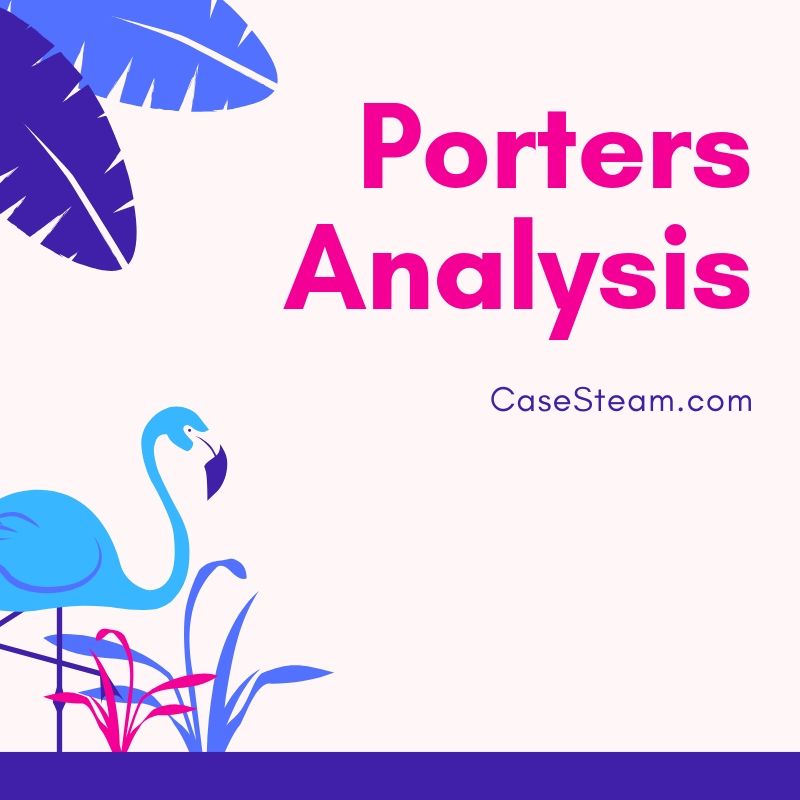Bargaining Power of Supplier:
The supplier in the Taiwanese Global Wine War 2009 New World Versus Old Spanish Version industry has a low negotiating power despite the fact that the sector has prominence of 3 gamers consisting of Powerchip, Nanya and ProMOS. Global Wine War 2009 New World Versus Old Spanish Version producers are simple initial equipment makers in strategic partnerships with foreign gamers in exchange for innovation. The 2nd reason for a reduced negotiating power is the reality that there is excess supply of Global Wine War 2009 New World Versus Old Spanish Version devices as a result of the big range production of these leading industry players which has lowered the price per unit as well as increased the negotiating power of the customer.
Threat of Substitutes & Degree of Rivalry:
The hazard of replacements on the market is high given the fact that Taiwanese producers compete with market show to international gamers like Intel, Motorola, IBM, Hitachi, NEC, Toshiba, Samsung as well as Fujitsu. This indicates that the marketplace has a high degree of rivalry where makers that have style and advancement capabilities along with making know-how may have the ability to have a higher negotiating power over the marketplace.
Bargaining Power of Buyer:
The market is dominated by gamers like Micron, Elpida, Samsung and Hynix which further decrease the buying powers of Taiwanese OEMs. The reality that these strategic gamers do not permit the Taiwanese OEMs to have accessibility to innovation indicates that they have a greater bargaining power somewhat.
Threat of Entry:
Hazards of access in the Global Wine War 2009 New World Versus Old Spanish Version production sector are reduced because of the truth that structure wafer fabs and also acquiring devices is very expensive.For simply 30,000 devices a month the funding demands can range from $ 500 million to $2.5 billion relying on the size of the systems. Along with this, the production required to be in the most up to date innovation as well as there for brand-new gamers would not be able to take on dominant Global Wine War 2009 New World Versus Old Spanish Version OEMs (original tools manufacturers) in Taiwan which had the ability to appreciate economic climates of scale. The current market had a demand-supply discrepancy and so oversupply was currently making it hard to permit brand-new players to delight in high margins.
Firm Strategy:
The area's production firms have actually relied upon a strategy of mass production in order to reduce prices via economic situations of range. Considering that Global Wine War 2009 New World Versus Old Spanish Version production uses common processes as well as conventional and specialty Global Wine War 2009 New World Versus Old Spanish Version are the only two classifications of Global Wine War 2009 New World Versus Old Spanish Version being made, the processes can easily utilize mass production. The sector has dominant manufacturers that have actually developed partnerships for modern technology from Korean and also Japanese companies. While this has resulted in schedule of technology as well as range, there has been disequilibrium in the Global Wine War 2009 New World Versus Old Spanish Version market.
Threats & Opportunities in the External Environment
According to the inner and also external audits, chances such as strategicalliances with innovation companions or development through merger/ procurement can be discovered by TMC. A move towards mobile memory is additionally a possibility for TMC specifically as this is a niche market. Threats can be seen in the form of over dependence on international players for innovation and competition from the US as well as Japanese Global Wine War 2009 New World Versus Old Spanish Version manufacturers.
Porter’s Five Forces Analysis


